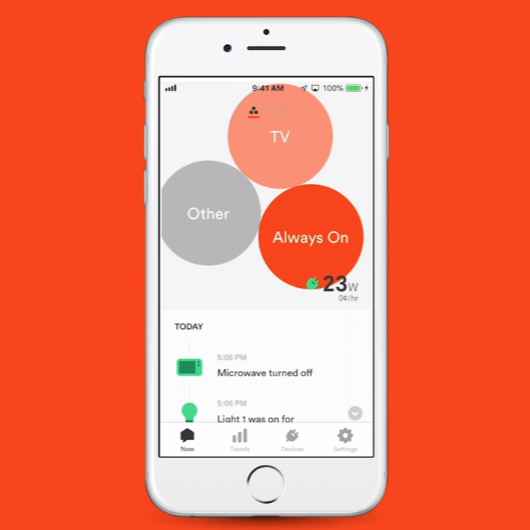Electric meters have undergone a gradual transformation from measurement device to smart sensor ever since solid-state digital meters began replacing electromechanical meters more than 15 years ago. The meters of today are not only equipped with on-board communications technology, but also possess the computing power of a mobile device.
With these capabilities, it only makes sense that utilities would want to put their meters to work doing more than measuring consumption. Using meters to run grid-edge applications is the logical next step. SRP in Phoenix was one of the first utilities to do so, using Landis+Gyr’s Demand Manager – a meter-based application for managing residential demand rates – to provide customers with automated load shedding capabilities during demand billing periods.
But the key for future growth of meter applications is a development environment in which vendors, utilities and third parties can contribute. To that end, Landis+Gyr announced early in January that it is working with MicroEJ to create a developer’s studio and app marketplace supporting the Gridstream Connect solution.
In addition to app development, there is the opportunity to bring existing energy solutions inside the meter. For instance, the company's recently announced partnership with Sense will allow utilities to take the existing Sense home energy app and upload it to the meter. VentureBeat described the potential benefits:
In the coming months, Sense’s home energy app, which monitors and measures energy consumed by electrical devices, will be available as an app that can be uploaded to the Connect IoT platform within Landis+Gyr’s power meters. It’ll allow users to see how much energy appliances, lighting, and other devices are using in real time and recommend ways to cut down on usage and enable them to remotely view which in-home devices are on or in need of repair.
“We have found the key to engaging consumers around energy is to provide real-time, detailed views of energy and device activity, and to interface with an increasing number of smart home devices,” Mike Phillips, Sense’s CEO, said. “We’re excited to be working with Landis+Gyr, who shares our vision that the core infrastructure of the smart grid should support consumer-facing technologies such as Sense, providing significant benefits to utilities and their customers.”
The meter is already serving many utilities as a grid edge sensor, providing feedback useful for asset management and power quality projects. But by harnessing its edge computing power, utilities now have even more options for engaging consumers and improving customer satisfaction.
To learn more about the partnership with Sense and how it will change the way the smart grid delivers benefits for consumers, check out this article at Real Clear Policy.








.png)


Leave a comment